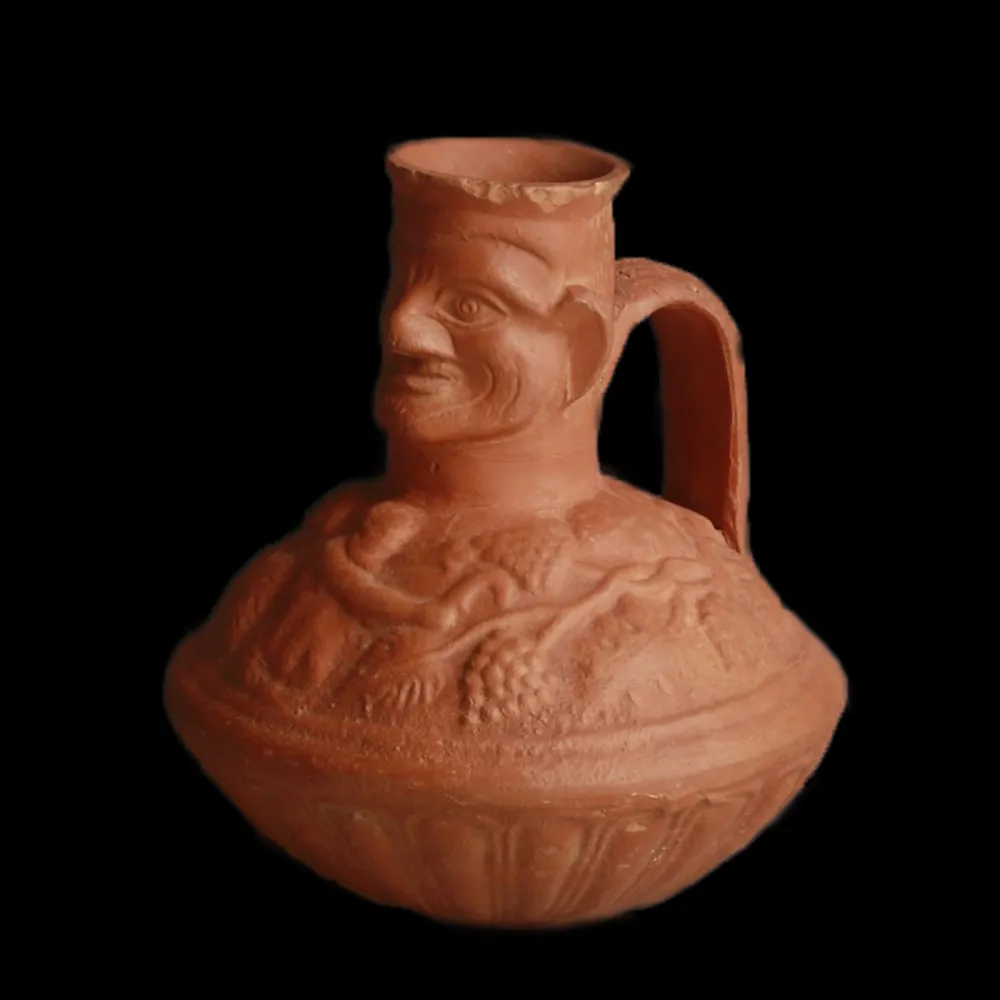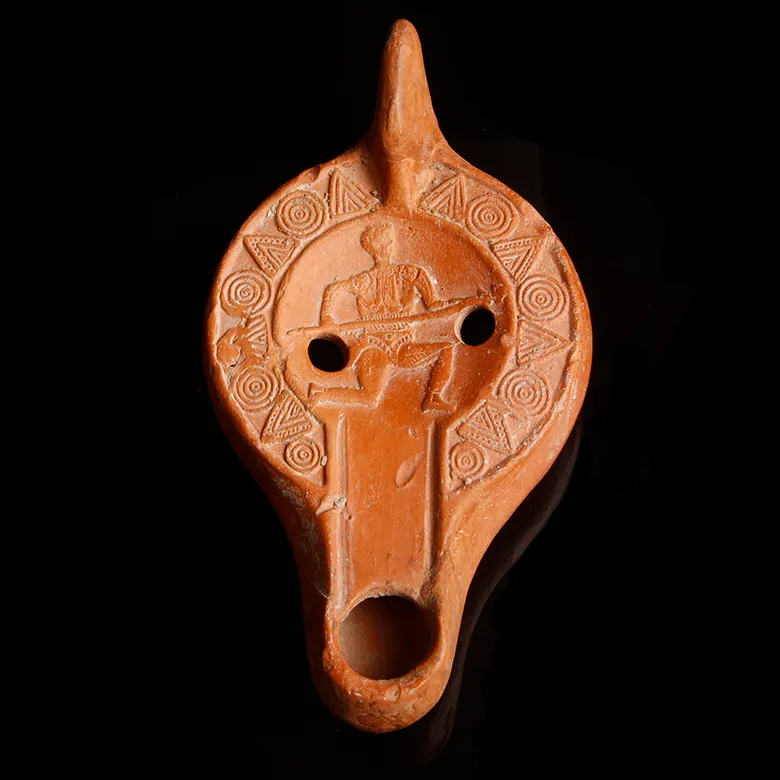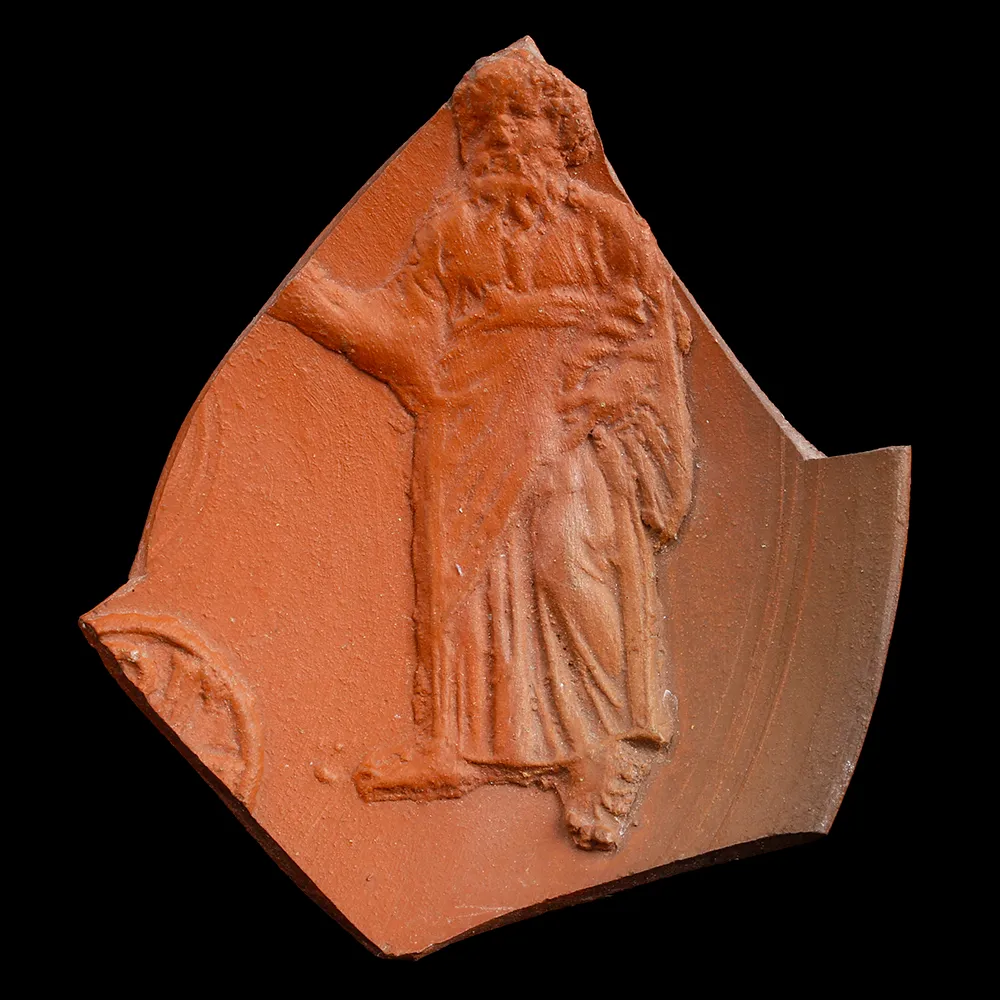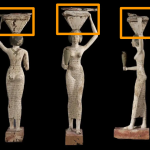Terra Sigillata: Tiny-Image-Bearing Clay

Roman Terra Sigillata
Terra Sigillata is a form of fine red pottery with a glossy slip that is often, but not exclusively, decorated with figures in relief that have been modelled, embossed, or applied. Developed around the mid-1st century BC, this form of pottery was developed for both export as well as domestic use and made to a higher quality and standard than other, typical pottery. There are three main types of terra sigillata, each defined by the geographical location of its production; these are Arretine ware from Italy, Samian ware from Gaul (modern France and the Rhineland), and African Red Slipware from the North African province.
Arretine Ware
Terra Sigillata finds its origins in the pottery workshops in and around Arretium (Arezzo, Tuscany) a little before the mid-1st century BC. Made at a time when Rome was constantly expanding, this new form of pottery found a market in the newly formed provinces where it made an impression on the local inhabitants and was seen as a demonstration of Roman taste and culture. The decorated form of terra sigillata was mould made, with clay being pressed into the mould and then dried so it shrinks off the mould. Thereafter the base was added and the whole piece was hand dipped in the glossy slip and then fired in the kiln.
Gaulish Samian Ware
By the late 1st century BC the practice of making terra sigillata has reached southern Gaul where it became a major export product of the region. In the following centuries the centre of Gallic production would move from the south, to the centre, to the East. It is from these production centres in Gaul that terra sigillata made its way in large quantities to Britain and other outlying parts of the empire. Just as with the Arretine ware, the main themes for decoration were those that were part of the main traditions of Greco-Roman decorative art, i.e. depictions of deities, myths and legends and scenes of hunting or of a gladiatorial or erotic nature.
African Red Slipware
Recognised as the final development of terra sigillata, African red slipware is the produce of a number of pottery workshops from what is now modern day Algeria and Tunisia that were active from the 1st until the 7th century AD. The export of this type of pottery expanded until it was the most commonly used it the Mediterranean, with only North Western parts of the empire still using the Gallic variety. The decoration on this form was much simpler than its predecessors, with the mould-made, entire relief decorated vessels falling out of fashion. Instead, the favoured form of decoration became separately made motifs that were applied to the vessel before firing, or motifs that were stamped into the pre-fired clay. The themes, however, stayed much the same as before.










